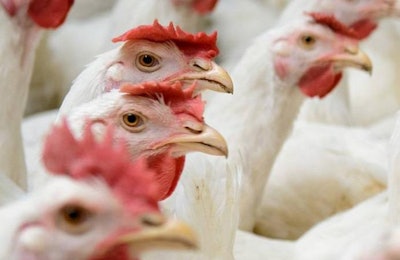
(Yurii Bukhanovskyi | Bigstock)
CoBank recently released its Quarterly U.S. Rural Economic Review, which offers a wealth of insight on the financial state of the greater U.S. agriculture industry. This includes plenty of projections for the poultry sector.
The report is prepared by the Knowledge Exchange Division and covers the key industries served by CoBank, including the agricultural markets and the rural infrastructure industries.
While the entire report is very interesting, here is a quick look at eight observations offered in the report that pertain specifically to the poultry industry:
- U.S. broiler production is projected to increase 3 percent annually in 2018. A slight increase in bird weights has boosted overall ouput in the early part of the year, but expansion opportunities for the year ahead will be limited because of decreased productivity of the hatchery flock.
- The outlook for integrator margins has been lowered as competition builds across the animal protein sector.
- Concerns about avian influenza have declined in 2018, largely because of enhanced biosecurity efforts. While the risk remains there, specifically during the coming spring months, because of those biosecurity improvements, the industry is optimistic about controlling exposure from potentially infected migratory birds.
- The major production categories of whole bird, cut-up and deboning are expected to post an average margin of 5 cents per pound throughout 2018.
- An affordable and abundant feed supply have bolstered integrator profitability in the opening months of 2018.
- The wing market is expected to remain volatile as the price tends to react quickly to major promotional activity.
- Dark meat values are improving due to continued global demand growth and are also seeing some support in the growing domestic market for deboned dark meat.
- The diversity of export destinations provides a meaningful advantage to U.S. poultry integrators over competing meats and other countries.

















